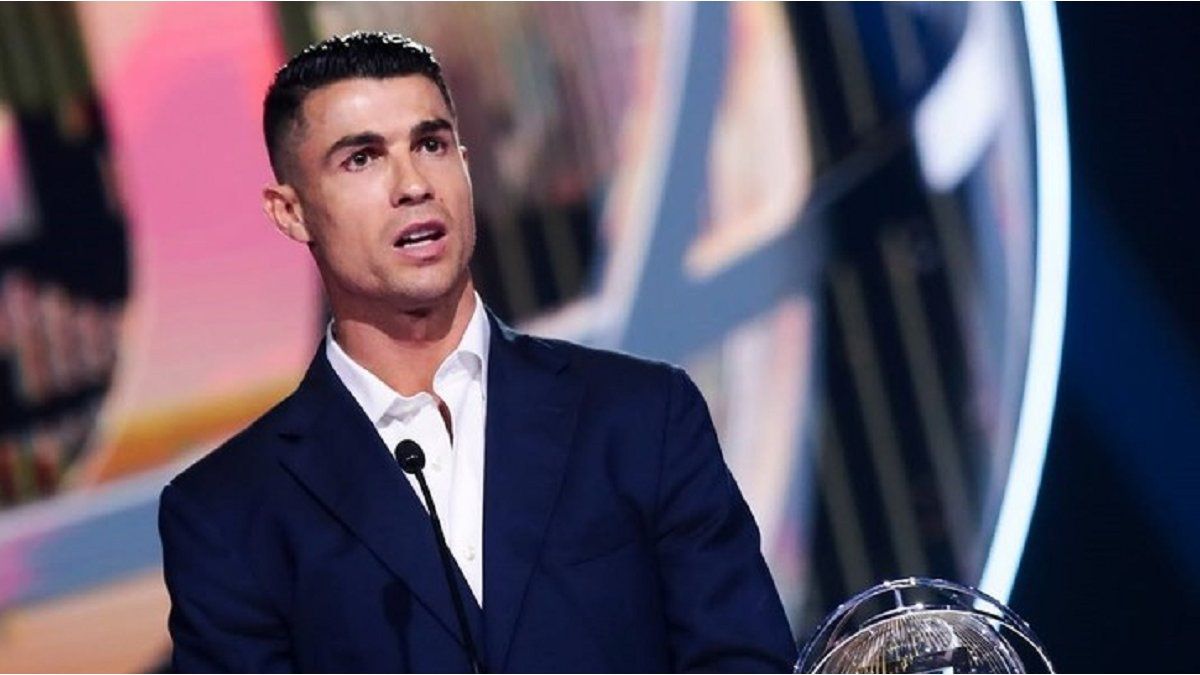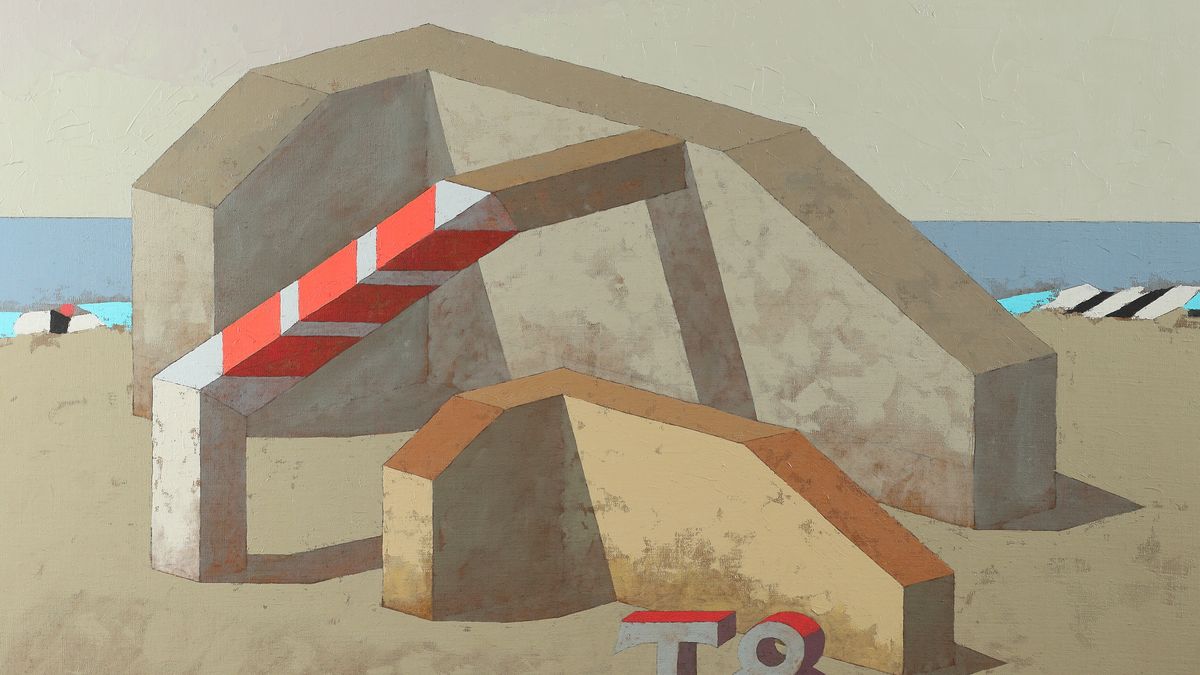“As long as Russia knows that an attack on a NATO ally will trigger a response from the entire alliance, they will not attack,” Stoltenberg said in a news conference on Thursday. “Because we are the strongest alliance in history,” he added, but spoke of a “brutal act of war” by Russia.
However, in order to reinforce the deterrence of Russia, the NATO countries will nevertheless send additional troops to the eastern flank. “There will be more forces in the east of the alliance in the coming days and weeks,” he said. These could also include elements of the NRF Rapid Reaction Force. The NRF includes, for example, the VJTF, also known as “Spearhead”, which is currently led by France.
US troops arrived in Latvia
The first US troops to strengthen NATO’s eastern flank arrived in Latvia on Thursday. A contingent of around 40 American soldiers arrived in the Baltic NATO country during the night, according to the Defense Ministry in Riga. In total, more than 300 US soldiers are to be transferred to Latvia, which borders Russia and its ally Belarus. The troops are to be stationed at the Adazi military base. The US government announced on Tuesday that it would be relocating additional soldiers and equipment to Eastern Europe in view of the escalation of the Ukraine crisis
NATO leaders will hold a special meeting on Friday over Russia’s attack on Ukraine. The consultations are to take place on Friday afternoon via video conference, as the NATO representation in Brussels said on Thursday. Stoltenberg said there were no plans to send NATO troops to Ukraine.
“Premeditated, cold-blooded, planned well in advance”
It was “a deliberate, cold-blooded and long-planned invasion,” said the Norwegian on Thursday in Brussels, referring to Russia’s attack on Ukraine. “We now have a war in Europe on a scale and in a way that we thought was a thing of the past.” Stoltenberg spoke of “a new normality for our security”. The NATO Secretary General added: “Peace cannot be taken for granted.”
According to Stoltenberg, Russia is attacking Ukraine from different directions and is attacking military infrastructure and important urban centers. The approach with air and missile attacks, ground troops and special forces is endangering the lives of countless innocent civilians. The Alliance will do whatever is necessary to protect its territory. More than 100 fighter jets are on alert to monitor NATO airspace.
“We’re doing something defensive”
“We must react with renewed determination and even greater unity,” announced the Norwegian after a crisis meeting of NATO ambassadors. The troops on the eastern flank of the alliance are also to be reinforced. “More[soldiers]will come in the coming days and weeks,” he told reporters. However, no troops are to be sent to Ukraine, which is not part of the military alliance. “We have no plans to send NATO troops to Ukraine,” Stoltenberg said. “We’re doing something defensive.” NATO also activated its defense plans to allow for faster troop movements.
NATO activated defense plans for Eastern Europe in the face of the Russian attack on Ukraine. The commander-in-chief of the NATO armed forces thus has far-reaching powers, for example to request and relocate troops. The German press agency learned this on Thursday from alliance circles.
“Preemptive, proportionate and non-escalating”.
A statement from the 30 member states said: “We have decided (…) to take additional steps to further strengthen deterrence and defense across the Alliance.” All measures are and will remain “preventive, proportionate and not escalating”.
In view of the tensions with Russia, the NATO supreme commander in Europe had already drastically reduced the standby times for tens of thousands of alliance soldiers last week. According to information from the German Press Agency from NATO circles, forces of the NRF rapid reaction force must now be able to be deployed within just 7 days instead of 30. A so-called “Notice-to-Move” period of 30 instead of 45 days applies to other units.
A few weeks ago, the commander-in-chief had increased the “Notice-to-Move” period for the VJTF, the fastest reaction force. This means that the associated soldiers currently have to be ready for a transfer to a crisis area within a maximum of five days. The VJTF would be the first force to be deployed to the eastern flank.
According to Article 4 of the NATO Treaty, any member state can request that a meeting of the NATO Council be convened in Brussels if its security is threatened. In it, the alliance partners pledge to “consultation” in all cases in which a member sees “its territorial integrity, political independence or security” at risk.
Left
Source: Nachrichten




